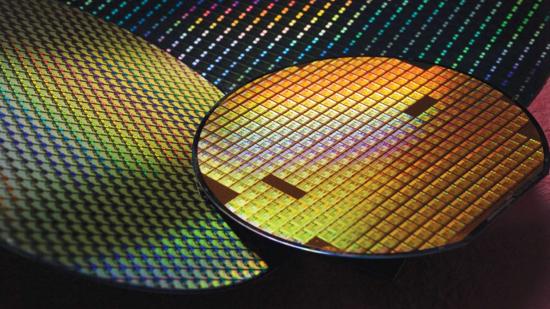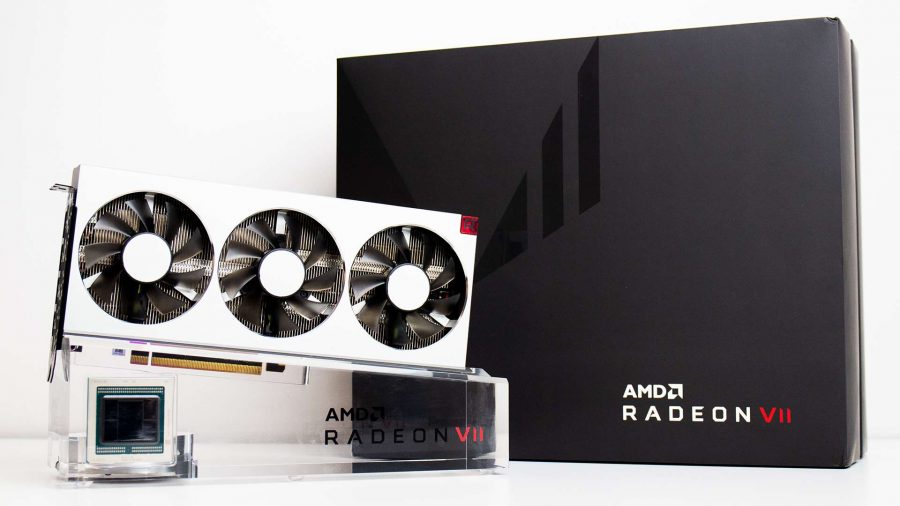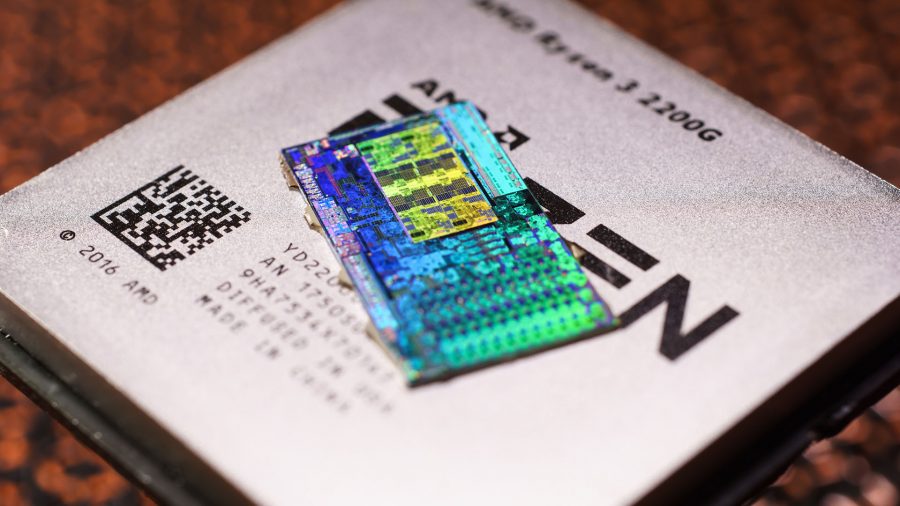I’ve got the fear. I want to be super-excited about the new AMD Navi graphics cards – a new mainstream 7nm GPU building on the success of the excellent Polaris range should be great – but everything I’m hearing right now fills me with a kind of silicon-based existential dread. Specifically about the joint release of the Navi GPUs alongside their AMD Ryzen 3000 CPU cousins.
The latest launch date rumours floating around the intermawebs have both of AMD’s new 7nm GPUs and CPUs launching on July 7, after an announcement at Computex which reveals them to the world. I understand the desire to have this romantic 7/7 release date; it pairs so nicely with the launch of two different 7nm products. And it also chimes with the earlier February 7 release of its Radeon VII GPU. I get it. But it just feels like an incredibly dangerous thing to do if you want to have a decent volume of these, likely incredibly popular, products at launch.
If AMD does end up launching both the Ryzen 3000 processors and Navi graphics cards on July 7 then you’re going to have to be damned quick to snap up any of the few new mainstream GPUs that do reach retail, because the red team is surely going to prioritise the CPU side of the business.
The 7nm production process is still in its infancy really. Sure, it’s nominally been around for a year or so in volume manufacturing, and we’re even seeing AMD’s contract fab, TSMC, moving on to 7nm EUV this year, but there is still going to be a limit on the amount of 7nm silicon TSMC can realistically produce for AMD before July.
New GPUs: These are the best graphics cards around today
It has other clients too – AMD is not the be-all-and-end-all of 7nm production. Apple and best-buds Huawei are 7nm clients of TSMC, and so is the Qualcomm mobile chip giant too. Those three are going to take up a fair amount of manufacturing capacity themselves. And they’re not TSMC’s only customers, with the company looking to sign ever more clients up for its latest node.
So, with AMD aiming to have TSMC manufacturing the vanguard of both its Ryzen 3000 and Navi ranges, it’s going to be fascinating to see how much stock is actually on the shelves around launch. AMD could take a similar approach to the release of its Ryzen 2nd Gen chips, and have the top Ryzen 5 and Ryzen 7 CPUs available at launch – the 3600X and 3700X if you will – which would create a lot of demand on their own.
Launch a new mainstream GPU at the same time and there’s bound to be trouble. AMD doesn’t have a great track record of maintaining a lot of available graphics card stock around launch, and it wouldn’t be a huge surprise if the Navi GPUs were in incredibly limited supply going side-by-side with Ryzen. The original Vega cards were rather conspicuous by their absence post-release, and the exact same situation is playing out with the Radeon VII GPUs right now too. And in both cases that has lead to the retailers raising the prices of the graphics cards in response to the lack of stock and the relative demand.
If you can find a Radeon VII actually on sale it can be anywhere between $880 and $1,100. Considering the launch price of $700 that’s a hell of a markup in less than a month, and doesn’t breed a lot of confidence in the Vega cards being able to maintain a decent mainstream price tag if they’re in the sort of limited supply I’m fearing.
There is a good chance that the July 7 joint release rumour is just fanciful guesswork, based on how perfectly the date and subject matter would match. In the article linked above the writer does also say their source is less convinced about the Navi launch, given that “AMD is under pressure from TSMC’s manufacturing capabilities.” There was another rumour, just before the 7/7 noises, which suggested that AMD would be delaying the Navi launch to October at the earliest. The rationale again being that TSMC doesn’t have the manufacturing capacity to be able to provide both 7nm CPUs and GPUs at the same time.
And TSMC has also been putting itself under pressure recently, with some dodgy contaminated materials screwing up some 12/14nm production, and a virus doing the same thing last year. I understand those weren’t in the 7nm fabs, but if something unexpected were to happen at those precious facilities too whose contract manufacturing would that affect? You can bet it wouldn’t impact Apple…
AMD had wanted a Q1 launch, or so my sources have told me, but I thought an early summer launch would be okay too. Now it could be that a mid-summer launch might leave Navi pricing and stock levels compromised. Which leads me to the horribly uncomfortable conclusion that I might actually want AMD to delay the launch of Navi.
I never thought I’d say that, and it’s probably not something the red team wants to do with the imminent launch of the GTX 1660 Ti likely to take a chunk out of the last Polaris sales of this generation, but if we actually want to have new mainstream 7nm GPUs available at launch a July 7 release date might be asking too much.
Maybe TSMC does have the manufacturing capabilities to produce all the necessary 7nm CPUs and GPUs in the next four and a bit months. But it does feel like a bit of a risk looking at it from the outside.


